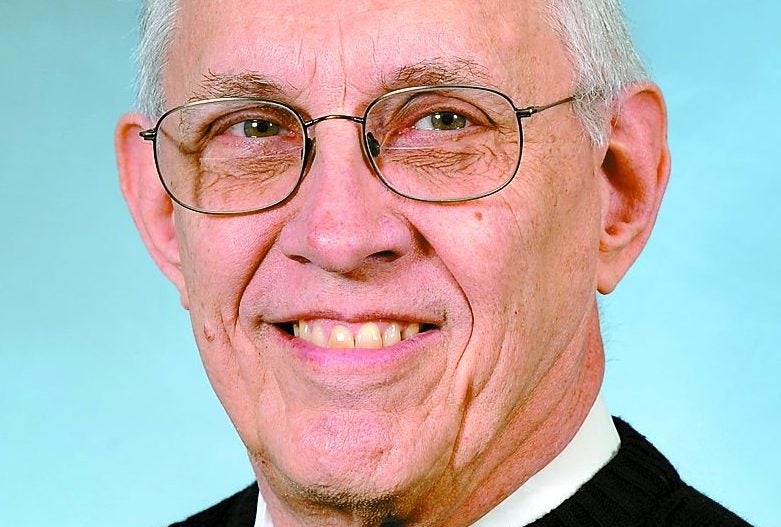WITT: Re-districting shouldn’t be politicized to ensure equal representation
Published 10:01 am Wednesday, August 26, 2020

- Chuck Witt is a retired architect and a lifelong resident of Winchester.
|
Getting your Trinity Audio player ready...
|
Beginning next year, the process of redistricting in Kentucky will begin, as it has every 10 years following the decennial census.
Regrettably, this process will most likely be completely immersed in politics, devoid of its primary goal of creating balanced congressional districts. There are numerous clues about how this process has been politicized and usurped. Not least of these indicators is the layout of the districting map for Kentucky.
A quick glance at the current map will show that only District 3 and District 6 come even close to meeting the mandate of “equal representation.”
Oh, the districts may be laid out to come close to meeting the requirement of equal population representation, but that belies the real intent of the districts to maintain control by one party or another. District 3 encompasses most of Jefferson County; District 6 is central Kentucky anchored by Fayette County. But the remaining four districts are a hodgepodge of shapes with no apparent logic with Districts 1 and 4 stretching across half the length of the state.
Kentucky has a population (2019) of 4.4 million. This population produces a representation of one representative for each 745,000 residents.
As of 2015, the sixth district had the largest population: 753,170; the fifth district had the smallest population: 707,534, a difference of 6.45 percent. Moving one county from the sixth to the fifth (congruent districts) would have nearly balanced the two districts.
Jefferson county has a population of 766,000 which means a portion of that county should be allocated to an adjacent district. The map suggests that this is in effect with the eastern portion of Jefferson residing in the fourth district. Another factor that suggests the districts are not arranged solely on population is that in 2016, every Kentucky representative won his (Kentucky has no women representatives) district by a margin greater than 20 percent as follows: first, 45.2 percent; second, 100 percent (unopposed); third, 27 percent; fourth, 42.6 percent; fifth, 100 percent (unopposed); sixth, 22.2 percent. A competitive race is assumed to have a vote margin not greater than 5 percent, so it is easy to conclude that the current district map is skewed to provide advantage to a single party. Following the 2010 census and the subsequent re-districting, the Kentucky Supreme Court ruled that the districts that had been established at that time were unconstitutional and they were re-drawn in 2013 to comply (allegedly) with the mandate for equal representation. Some states have taken re-districting authority away from their legislatures and given it over to commissions with the intent of finding neutrality in the process.
Some of those commissions are delegated according to state law, which prohibits politicians, lobbyists and those intricately associated with party activities from membership. The current situation regarding congressional districting in many states can be accurately described as the “politicians selecting the voters” rather than the normal assumption that voters select their representatives because so many districts are configured to deliberately advantage one party or the other.
This “gerrymandering” has been around since 1812, and the courts, while occasionally addressing it and occasionally remedying it, seem, for the most part, to ignore it. As long as legislators are the ones who do the districting, there will be unfairness built into the process. An independent commission composed of equal representation from Democrats, Republicans and independents, with included legal guidance, would do a great deal to make the process more of what it should be: equal representation to all.
Chuck Witt is a retired architect and a lifelong resident of Winchester. He can be reached at chuck740@bellsouth.net.





